Insects can be dreaded wood pests and even if in our area there are no termites, considered as the most aggressive wood pests, there are other insects that, if they have the right conditions, attack both the standing tree and the lumber or the finished product. Of those that attack processed wood, woodlice are the best known, but there are others that are just as dangerous. They are dangerous not only because of the damage they cause, but also because of their resistance at every stage of development - egg, larva, nymph or adult insect. If infested wood is not properly treated, we may be surprised to find that, after a period of apparent quiet, the insects reappear. This is why it is recommended to treat the wood before it is attacked, thus eliminating the inconvenience and damage. Attacked wood needs aggressive methods and products that quickly stop the growth and eliminate the possibility of recurrence. One such product is Bochemit Plus I distributed by Deposib Expert.
A product that has been proving its worth for over 50 years in eradicating wood insects
Bochemit Plus I is one of the best-selling products for treating wood against wood decay and other insects. It has been available in Romania since 2006 and in all this time it has gained the trust of both those who treat old furniture or attacked parquet, as well as companies and organizations dealing with wood treatment or restoration. Medieval church in Streibuilt in the late 13th century and completed in the early 14th century, church in Brebhistoric monument dating from the 15th century or wooden church in Jupăneștibuilt in the 18th century are examples of works where the product has been used successfully.
Bochemit is part of the Czech group Bochemie whose history goes back 115 years, specializing in chemicals for the production of disinfectants for hospitals, car batteries or textile protection. Bochemie has been manufacturing chloramine and saccharin since the Second World War.
The Bochemit division was established in 1968 and is dedicated to the treatment and protection of wood. In addition to those directed against insects, the company also produces other wood treatments which can be used to get rid of mold and fungi or to increase the wood's resistance to moisture, fire or UV radiation.
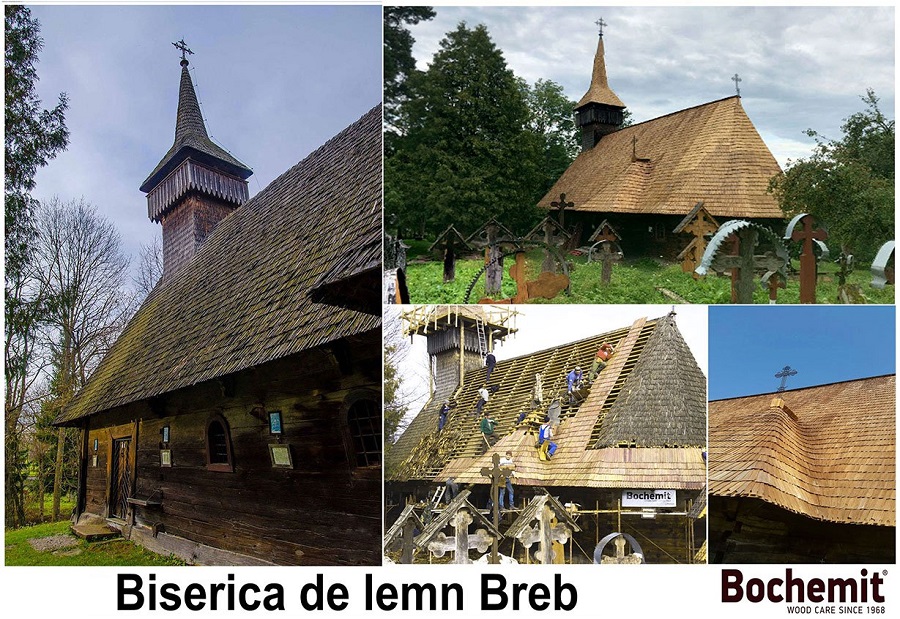
What you need to know about using Bochemit Plus I
Like most aggressive wood treatment solutions, Bochemit Plus I is a concentrated podus. This allows both treatment against insects that have attacked the wood and preventive treatment. As a result, to preventively treat the wood against the attack of wood decay or other insects, a dilution of 5% is made (to 1 part of the product add 19 parts of water or alcohol), while to prepare a solution against existing wood decay, the concentration is 10% if 2 coats are applied or 20% if only one coat is applied. The treatment can also be adapted according to the type of wood or its position (historic buildings for example). If the wood is very old or if it is desirable to avoid using water in order not to damage the furniture, dilution can be done with alcohol. Once completely dry, the treated wood can be used without any problems and is not dangerous to humans or animals.
Application can be done by brush, spray pump, dip or injection. To get the desired results you need to ensure that the substance is absorbed as thoroughly as possible. This means that the surfaces must be thoroughly sanded, and if the wood is old, sanding will help to clean the pores and open the grain. Pre-treated wood needs to be properly dried because increased humidity reduces the amount of absorbed substance and reduces the effect. If the infested old wood has high humidity, the solution used should be at the maximum concentration.
Bochemit offers an unlimited warranty for treated wood used indoors and at least 10 years for treated wood used outdoors. In the case of wood used outdoors, however, it is recommended to check every 2 years. There are many variables that can put wood in an advanced state of decay so that it can be easily attacked by wood decay and other insects. For the results to be those guaranteed by the company, the condition is that the application is done according to the instructions for use. The instructions are fully described, here.
What insects can be removed from attacked wood
Wood decay (woodworm or wood decay, as they are also known) is the most aggressive insect against which Bochemit Plus I Eradication can be used successfully. However, it can also be used against the tailor beetle (oak, beech, gray beetle, etc.), the resinous wood wasp or other beetles of the subfamily Lyctinae. Let's see how some of these insects develop and attack wood.
Careas or lanes are wood-dwelling insects of the order Coleoptera. The most common is Anobium punctatum. It feeds on the sapwood part of the wood, which makes it less dangerous to the structural strength of buildings. But wood with high moisture content, attacked by fungi and mold, is more vulnerable, and decay can also reach the heartwood. There are also species of decay that feed on hardwood, such as Xestobium rufovillosum.
The hornworms live only in wood that has been cut for at least 4-5 years. The female lays clusters of up to 50 eggs in cracks in the wood, from which whitish cream larvae develop. For 4-5 years the larvae stay in the wood and feed on it, digging random channels. At maturity, the larva first pupates/nymphs, and after 6-7 weeks the adult emerges, digging 1-1.5 mm diameter round holes in the wood and emerging to the surface to breed, thus repeating the cycle. Bochemit Plus I successfully attacks the carrion at all stages of development. More about wood decay and the conditions under which it attacks wood can be found at here.
Tailor beetles are also well known. There are species that attack trees, but there are also some that attack furniture and other wooden objects in the home. They do very well at high temperatures, so they can cause big problems if they get into the resinous wood in attics or lofts. The development cycle is the same as that of the horn beetle - egg, larva, nymph, adult - and can last between 3 and 6 years, sometimes up to 10 years. The larvae form galleries in the wood, oval in cross-section, interrupted here and there by dust or small pieces of wood left over from the attack. The holes formed in the wood by the adult insect are 4-10 mm in diameter. There are over 15 types of tailor beetles in Romania, many of which attack only one species of wood.
Wooden wasp is looking for fresh, damp wood resinous (pine, spruce, fir, larch). The adult insect is 3-4 cm long and is distinguished by its size, wasp-like coloration and the spike-like posterior extension of the abdomen. It lays its eggs in diseased or fallen spruce trunks. The larvae can remain in the wood for 2-5 years before developing into adults, so it may be years before insects emerge from the wood flooring or veneer. By the time the wasp starts flying around the house the damage has already been done and urgent action needs to be taken to contain it.
How to tell if wood is infested
Specific to the attack are the round or oval holes that appear in the wood. If there is a pile of wood dust next to them, there is definitely a live larvae inside. Other signs may be a gnawing noise when the house is completely quiet or areas where the wood seems softer.
It is a good idea to call in a specialist immediately when such signs appear, especially if you discover them in beams, columns or other structural elements. The specialist will tell you how badly the wood is attacked and whether it can still fulfill its structural function. Sometimes, if it is discovered late, the wood is so damaged that it is necessary to replace the whole object or at least parts of it.
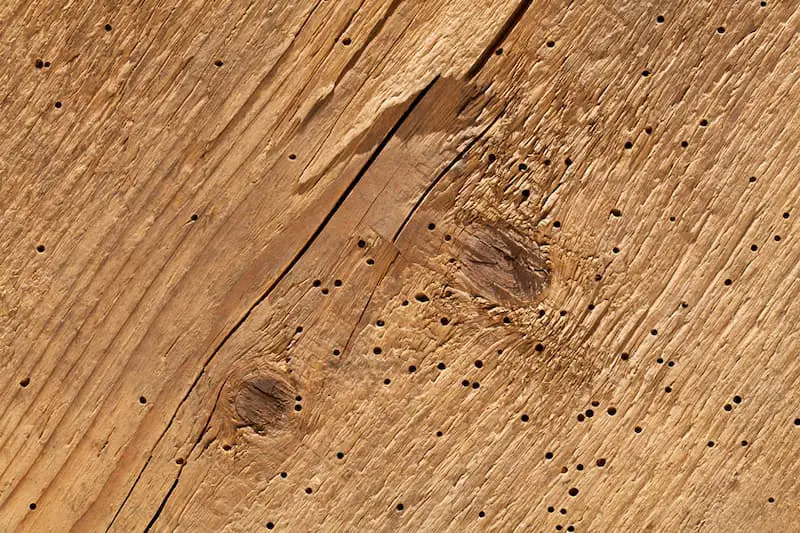
I hope this information is useful to you and that you have already found the answers to your questions about the solutions used against wood-destroying wood borers and other wood-destroying insects.





















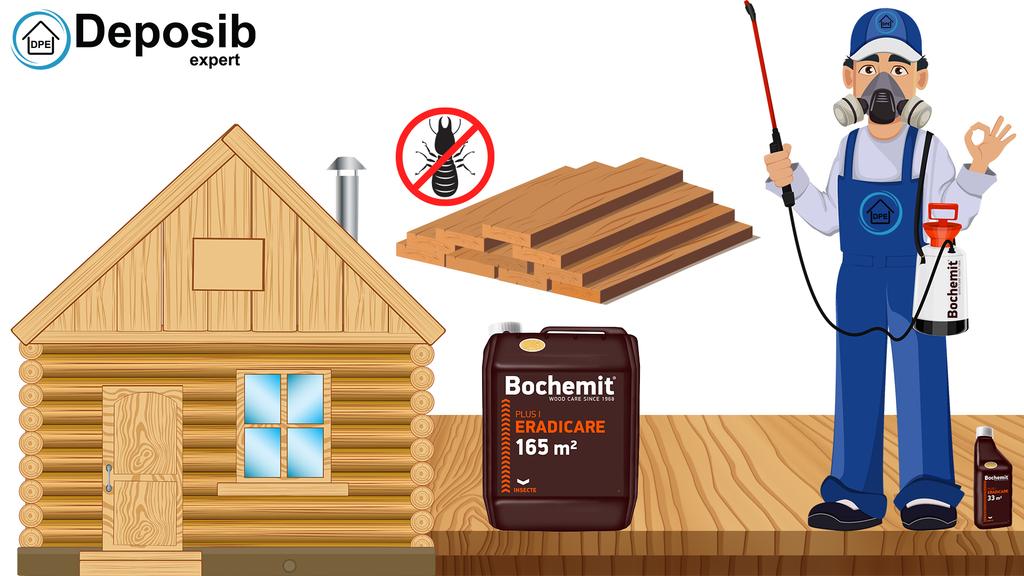
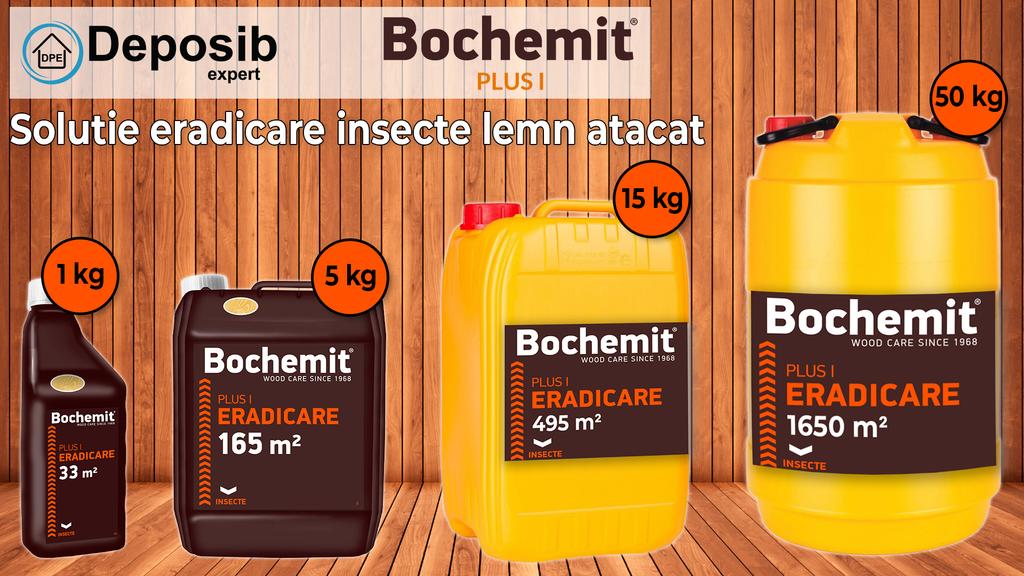
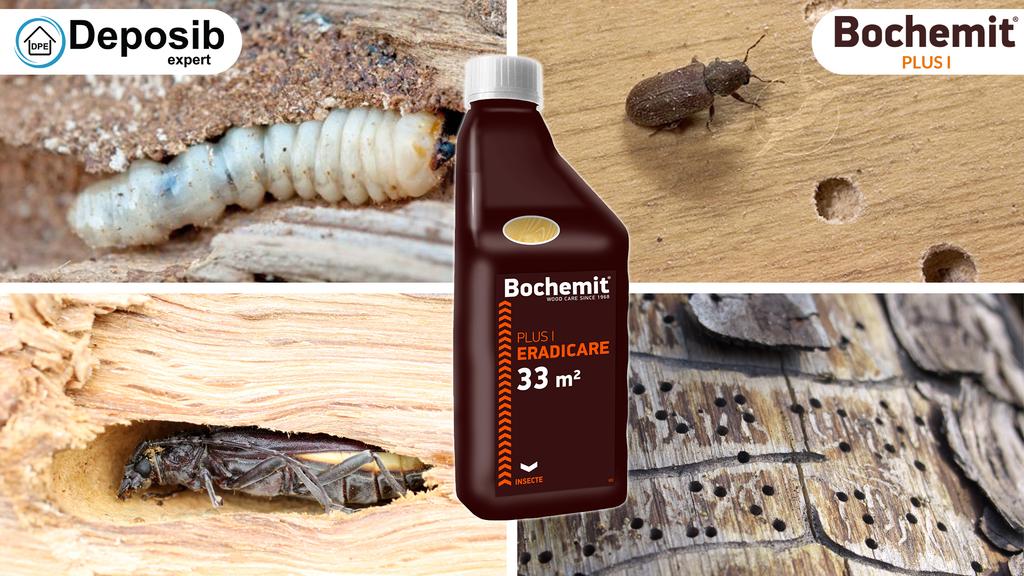












I have old chairs that I decided to try to refurbish, full of decay, they managed to penetrate the lacquered part and on the inside where there is no paint the holes are more frequent.
When I brought them home they were full of spiders, I thought the cavities were gone but surprise surprise I cleaned the seats with lots of food vinegar and in places injected with a syringe ...I saw the little worms .
I mean that in my case it was not respected that these curries do not penetrate the lake as well as that worms do not exist if spiders live near them.
I decided to continue the reconditioning process just because the chairs are stable, have strength but I'm not sure what methods to use next.
Would it be okay to strip , enamel, then apply Bochemit antiquing solution and then water based paint?
More primer needed?
Thank you!
Good evening!
You've thought it through. First remove the old finish, apply the Bochemit treatment and after it dries, apply the new finish - water-based paint, in this case,
The Bochemit solution also works on unpainted furniture, but since you still want to refinish chairs, it's best to apply it directly to clean wood.
The protection will be effective and long-lasting.
All the best!
Hello!
Thank you so much for the information!!!
Yes, inside the bridge there are cavities where the fir wood has been left unwooded.
On the outside, balcony roof, yes, there are those "wasps" that come in through the cracks in the beams and rafters and gnaw through the balcony.
This summer I've been fussing with the ladder and spraying with kyltos and insecticide.
I didn't know about Bochemit.
Once again, thank you from the bottom of my heart!
Ps. The roof is from 2003, made of pine.